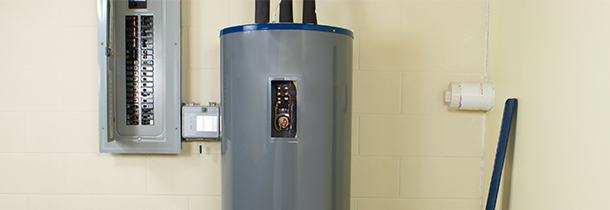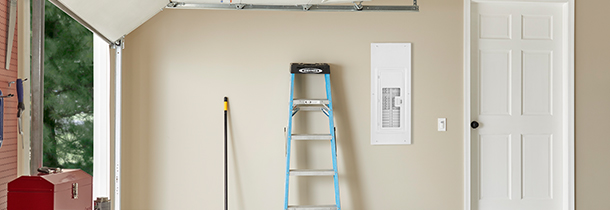Channeling electricity to power homes has been instrumental in the advancement to modern living. Today, the electrical hub directing the flow of electrical power within the home is the Load Center, which is comprised of numerous individual circuit breakers to manage power distribution on electrical circuits throughout the home. Ironically, load centers as we currently know them are a relatively new innovation. Although Thomas Edison developed a draft version of a circuit breaker in the late 1800s, fuses were the primary means of overcurrent protection throughout the first half of the 20th century. In the beginning, a “fuse box” contained a couple of fuses and a knife switch to manage power. This all changed in the early 1950s as appliances were added to the home and additional amps were needed to support their energy requirements.
To put this in perspective, prior to the 1950s, a common application was the 120VAC, 30A Fuse holder (2 fuses/circuits and knife clade switch). During the 1950s-1960s the fuse holder was still being used but in a larger capacity at 240VAC, 60A fuse holder (4 fuses/circuits in a panel).
While some manufacturers came out with residential circuit breakers in the late 1940s and early 1950s, it was not until 1955 when a manufacturer launched a quick-open “QO” breaker that they became the de facto standard in new construction.


